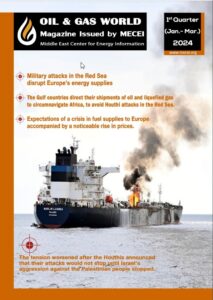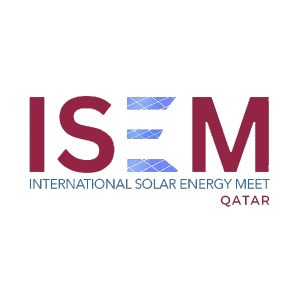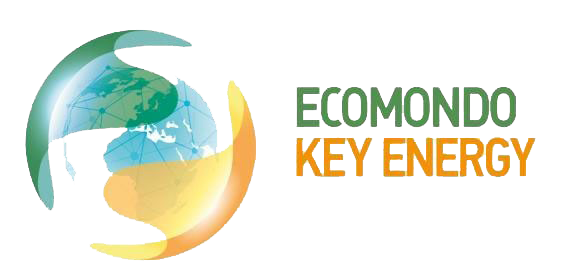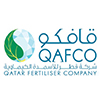- ASRY Awarded 2024 RoSPA Gold Medal in Health and Safety
- BP ponders shifting focus away from renewables, say sources
- QatarEnergy enters 10-year naphtha supply agreement with Japan’s ENEOS Corporation
- The International Energy Agency expects oil demand growth to slow in 2024
- The International Monetary Fund re-selects Kristalina Georgieva as its director
- Libya to target producing 1.4 million b/d by end 2024
- TotalEnergies launches the Marsa LNG project and deploys it multi-energy strategy in Oman
- H.E. Minister Al-Kaabi: Demand for oil and gas will continue for long; we have to be responsible, and Qatar is doing its part
- Egypt to stop exporting LNG starting from the beginning of May 2024
- QatarEnergy selects Nakilat to own and operate 25 conventional LNG vessels

OPEC countries raise their oil production in July 2021 to the highest level since April 2020.

According to the results of a new survey conducted by Reuters, in conjunction with producers continuing to ease production restrictions, it showed that during the month of July 2021, OPEC countries raised their oil production to its highest level since April 2020. The survey showed that the Organization of Petroleum Exporting Countries produced 26.72 million barrels per day in July 2021, an increase of 610,000 barrels per day over the previous month. “OPEC” and its partners, or what is known as the “OPEC+” alliance, have eased the strict restrictions to reduce production agreed upon in April 2020, after demand and the economy recovered, and with oil prices rising to their highest levels in two and a half years. The latest OPEC+ agreement provides for an increase in the supply of the organization’s countries by 360,000 barrels per day in July 2021, compared to the previous month, June, while Saudi Arabia pledged to pump an additional 400,000 barrels per day. The survey also showed that “OPEC”, which includes 13 members, increased production with a little less than the expected monthly increase. The commitment rate of the OPEC countries to the pledged cuts reached 115%, compared to 118% in the previous month. The OPEC+ countries had agreed at their previous meeting to increase production ceilings for five countries, based on which production cuts are calculated, with a total of 1.6 million barrels per day as of next May 2022. The energy ministers of the member states of the coalition agreed to increase the production of Saudi Arabia and Russia to 11.5 million barrels per day instead of the current 11 million, the UAE to 3.5 million barrels, and Iraq and Kuwait by 150,000 barrels per day each. Increasing the production ceiling was the obstacle that prevented the coalition countries from reaching an agreement at their last meeting, after the UAE demanded to take into account the investments it made in increasing its production, and to separate the increase in the production of the coalition countries and extend the agreement until the end of 2022, until new ceilings for the production of each country are determined based on its actual ability on production










